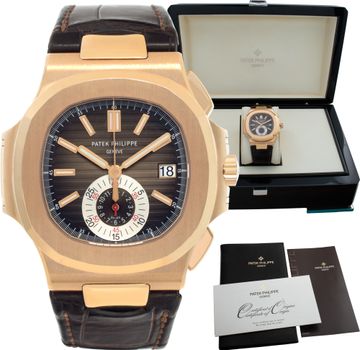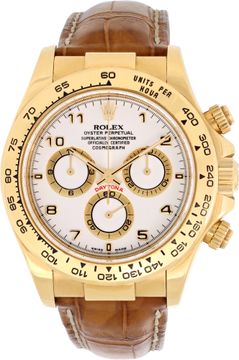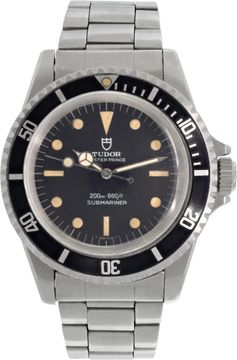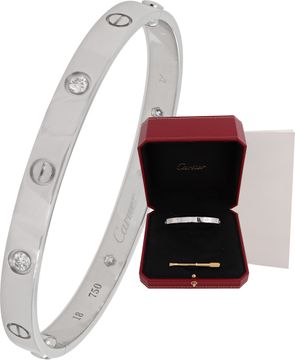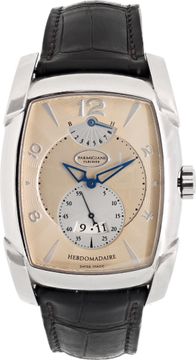The Timeless Appeal of Vintage Watches
Why are vintage watches beloved?
Given the current availability of devices that indicate the time—from smartphones and computers to even microwaves and refrigerators—wearing a watch today is often about expressing personal style more so than for simply telling the time.

However, it was not so long ago that watches were deemed essential. Along with the obvious timekeeping feature, some watches were also developed in the 20th Century as specific tools for a wide range of professions and pastimes including aviation, astronomy, navigation, medicine, engineering, diving, and motorsports. Some standout tool watch models include the Rolex Submariner for diving, the Omega Speedmaster for motorsports, and the Breitling Navitimer for aviation—all released in the 1950s and still an integral part of their respective brand’s catalog.

Wearing vintage watches now reminds us of earlier days when different timepieces served various purposes, whether as a dress watch or a tool watch. What’s more, vintage watches can highlight various innovations like enhanced water-resistance, the evolution of movements from manual-winding to automatic to quartz, improved materials, and new complications, all of which helped propel horology into a flourishing domain.
But perhaps the most appealing part of wearing vintage watches today is their designs. Some vintage watches feature timeless designs that have endured fickle trends to become classic icons that are still made today. Such examples include the Rolex Datejust, the Cartier Tank, the Patek Philippe Calatrava, and the Audemars Piguet Royal Oak.

On the other hand, some vintage watches feature distinct designs that speak directly to the era they were born in. During the earliest decade of the 20th century, men still relied on pocket watches while wristwatches were reserved for women. It wasn’t until after World War I that men started considering wristwatches as a viable alternative thanks in large part to military men wearing trench watches—pocket watches modified to wear on the wrist—during wartime.
Art Deco influences permeated watch designs in the 1920s, 30s, and 40s, ranging from ornate cocktail watches for women to rectangular watches for men like the Jaeger-LeCoultre Reverso to tonneau-shaped timepieces popularized by Cartier. The 1950s offered up dress watches with clean and legible dials housed in round cases with decorative lugs and the battle for ultra-slim timepieces continued among the world’s best watchmakers.

The 1960s saw the advent of uniquely shaped cases like cushions, ovals, rounded-squares, and so on. The 1970s ushered in the era of the quartz movement and most top-tier watch brands developed high-end quartz watches. Rolex had Oysterquartz watches, Patek Philippe introduced quartz-powered Ellipse models, and the striking Omega Electroquartz was all the rage.
The decadence of the 1980s required full gold watches and the likes of the Piaget Polo, the Rolex Day-Date, the Omega Constellation Manhattan, and the Cartier Panthere were the must-haves of the moment. The 1990s rebelled against precious metals in favor of fresh-looking and robust stainless steel—a trend that continues to be popular today.

Whichever style or functionality you opt for when searching for a vintage watch, what you’ll find is that the variety is large, the designs are striking, and the stories they tell are intriguing.
Back In Time: Luxury Watches Born in the 1980s
NEXT ARTICLE
Spotlighting The Yellow Gold Rolex Sky-Dweller 326938
